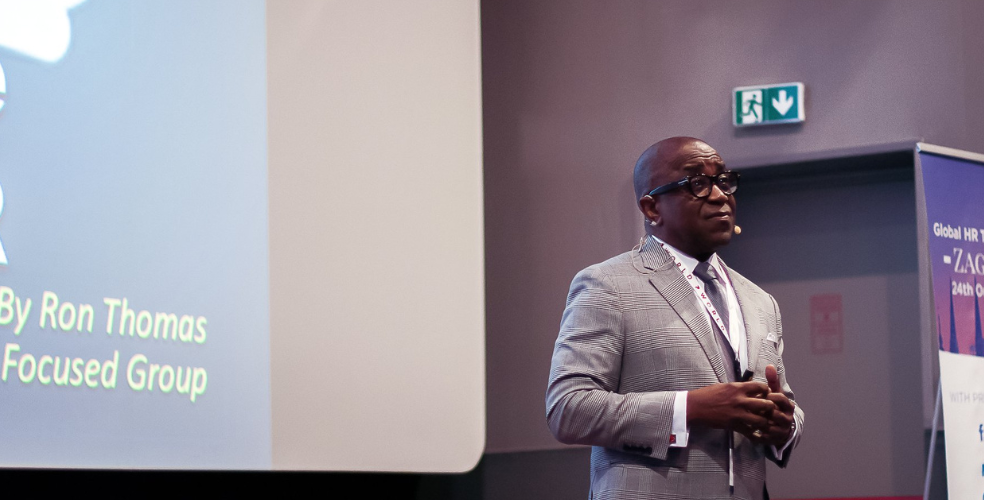
How The Rise Of Strategic Workforce Planning is Creating Workforce Architects
March 01, 2023
How would you define Strategic Workforce Planning?
Strategic Workforce Planning is the process of designing a workforce based on the organization's strategy, industry transformation, and a host of other challenges that EVERY organization faces. The concept is based on different skill sets and workforce capabilities, which could be needed to reach strategic goals. What roles are going to be integral in reaching those targets? This approach is entirely different from staffing planning which is basically numbers. At the same time, strategic WFP considers all facets of the business anchoring on the long-term strategy of the org.
How does strategic workforce planning contribute to organizational success?
SWP is based on the concept that Organization Strategy/Challenges equals People Strategy equals Business Success. Connecting the two with all their implications solidifies the organization's ability to succeed.
HCI's Strategic Workforce Planning Programme has generated a great deal of interest. What sets this training apart from the rest?
What distinguishes this training from others is the use of up-to-date case studies, where participants are challenged to design an appropriate workforce for each scenario. These case studies feature prominent companies like Volvo, Starbucks, AMEX, Tesla, and the Fast Food Industry, which have undergone strategic changes, business model shifts, and industry transformations. Participants are required to analyze the workforce implications of these changes and design an optimal workforce accordingly.
What can participants expect from the training course?
Each course session is designed to be rigorous, and the intensity is high. At the end of this course, the participants can look at any situation, diagnose all its implications, and begin putting some structure in place to start this collaborative process.
You often talk about the shift from HR professionals to workforce architects.
An architect takes a client's plan and begins bringing that idea to fruition. HR professionals take business strategy/challenges and do the same. Much work is needed to elevate the strategy from its current state to the future state. As workforce architects, we build that bridge and connect. The workforce has to be designed by the HR department.
How have the ongoing crises (pandemic and economic) affected strategic planning in organizations?
The challenges organizations have gone through in the past few years are monumental, and the workforce was in the middle of that vortex.
From Work From Home to working from anywhere, Workforce safety, Flexibility, and Leadership competencies.
I have consistently said that the work dynamics we had pre-covid are entirely different from the future of work.
Organizations must realize that the pendulum has swung and it is not returning. You have a clean work slate, so proceed accordingly.
What are your predictions for the future of HR?
The skill sets have changed. It may have yet to hit your organization, but the future skills are strategic, whether consulting, change management, or strategic workforce planning. The days of the process branding of HR are over. Every HR person needs to become a student of the industry you are in a student of their business, especially the challenges and strategy. HR is about the BUSINESS and NOT HR. We have to become business people first and HR second.
RON THOMAS is the International Country Manager: Middle East, Africa and Asia Pacific Region for the
HUMAN CAPITAL INSTITUTE (HCI) . To learn more about Strategic Workforce Planning, join us online at the Introduction: Strategic Workforce Planning Certification Programme